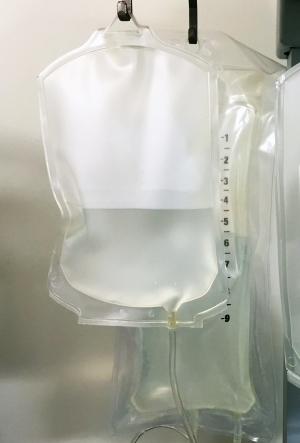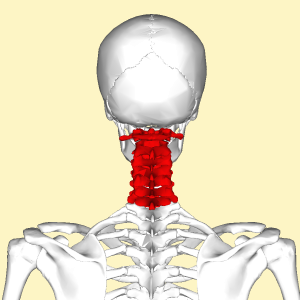Falling from Favour: Paracetamol / Acetaminophen
The story of acetaminophen/paracetamol, commonly associated with the brand name Tylenol, is a strange one. A researcher studying treatments for worms requested one chemical and received the wrong one. The worms didn’t mind it, but it did seem to fight fever.

It was in the late 1800s that acetaminophen was first used to fight fever and pain in Germany. But it was never widely used until it came to market in the USA and the United Kingdom in the 1950s.
As might be expected, a drug to treat pain and/or fever quickly became popular. Not only by itself, but in combination with other medications under numerous brand names. Few medications are taken with as much frequency as this one.
As is the case with many drugs, we’re not really sure how it works. The most common theory today is that it blocks COX (cyclooxygenase) enzymes in the brain, thus keeping pain signals from being transmitted. Read more from Tufts University School of Medicine: How Does Acetaminophen Work?
Being so common, problems started to arise with overdoses. It’s easy to take too much, or to take two products that contain paracetamol without carefully checking the labels. (By the way, unlike some “painkillers”, taking more of this one doesn’t increase its power – so never take more than the recommended amount thinking it will help you more.)
Liver damage, or even liver failure, from paracetamol is very common. Concerned, the FDA changed its recommendations in 2014. (See also How to Protect Your Liver from Acetaminophen) Added to that have come concerns about hypertension.
The European Journal of Pain published an article entitled “A history of errors, failures and false decisions”, calling it “probably one of the most dangerous compounds in medical use”.
When we thought that taking some during pregnancy was one of the safer options, concerns began to emerge regarding the development of the baby – in particular, “neurodevelopmental, reproductive and urogenital disorders”, and that paracetamol “interferes with sex and thyroid hormone function essential for normal brain development”. Also see Acetaminophen / Paracetamol – Not safe during Pregnancy after all? It seems like there have been a lot of assumptions about this medication’s safety, but not as many studies as such a ubiquitous drug deserves.
The “good” news may be that this may not be your best choice for headaches after all. Sure, if it works for the occasional tension-type headache, there may be no reason to change. But if you’re popping a pill every month, or every week, it’s time to talk to your doctor. But when it comes to other headache conditions such as migraine, there are so many better options that you may want to avoid acetaminophen altogether. See Is Acetaminophen/Paracetamol Really “Ineffective”?
Recent studies remind us of some key issues that we’ve talked about before:
- Even “safe” medications should be used rarely, if possible. They all have risks.
- You are an individual, and you need to find what works for you.
- Lifestyle, such as regular movement and what you eat, are still king, and can never be replaced by a pill.
- Read labels.
- Getting headaches on a regular basis? Talk to a specialist. There are probably better treatments than over-the-counter painkillers.
Paracetamol is a unique drug with a strange history. It has helped many, but as our knowledge continues to expand, we may find that it has had its day. This will be an interesting story to keep watching.




